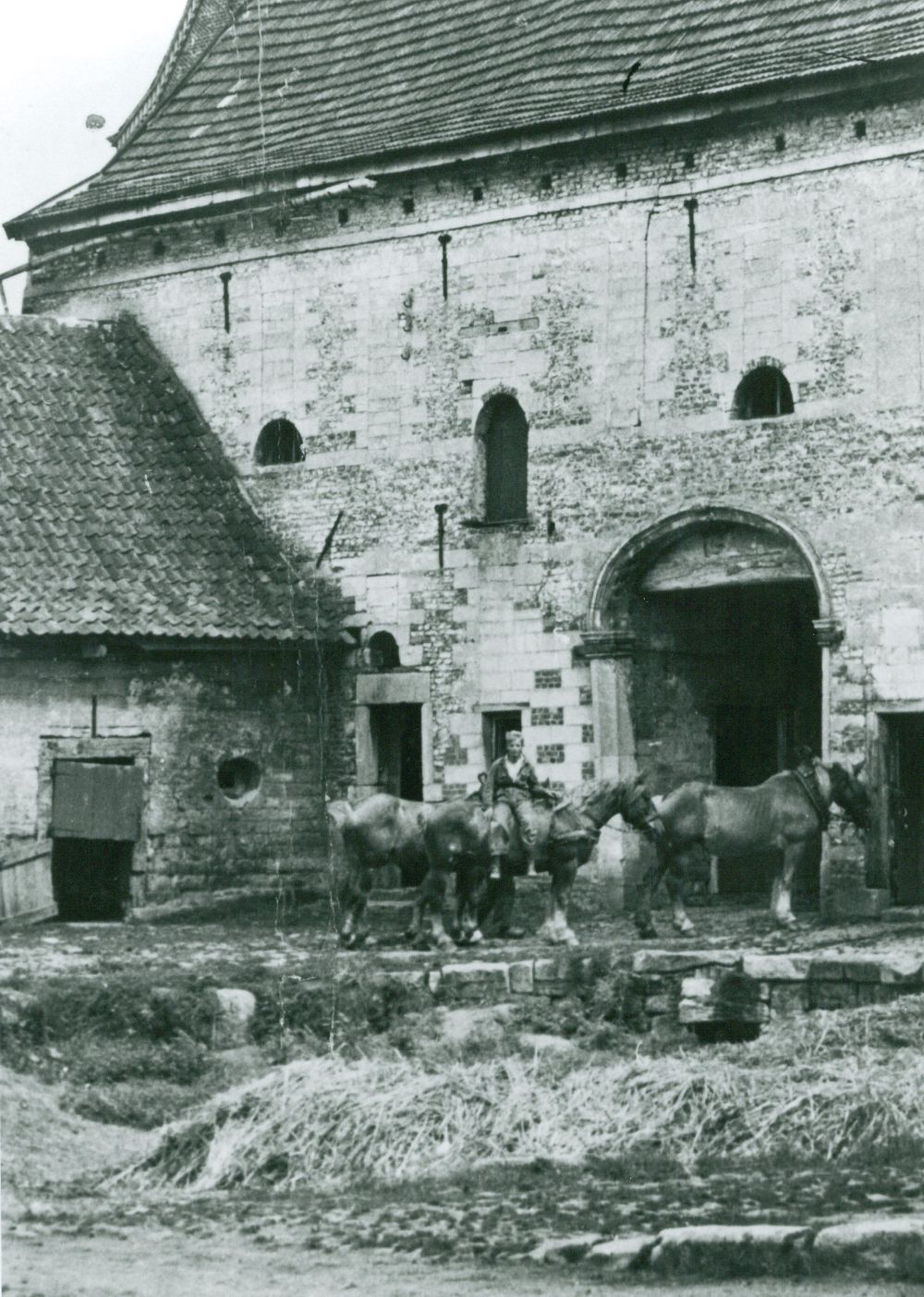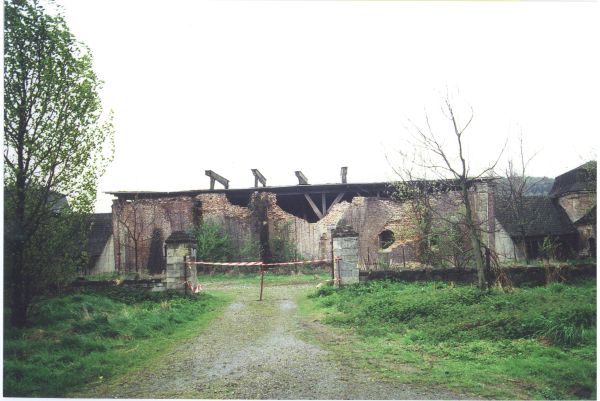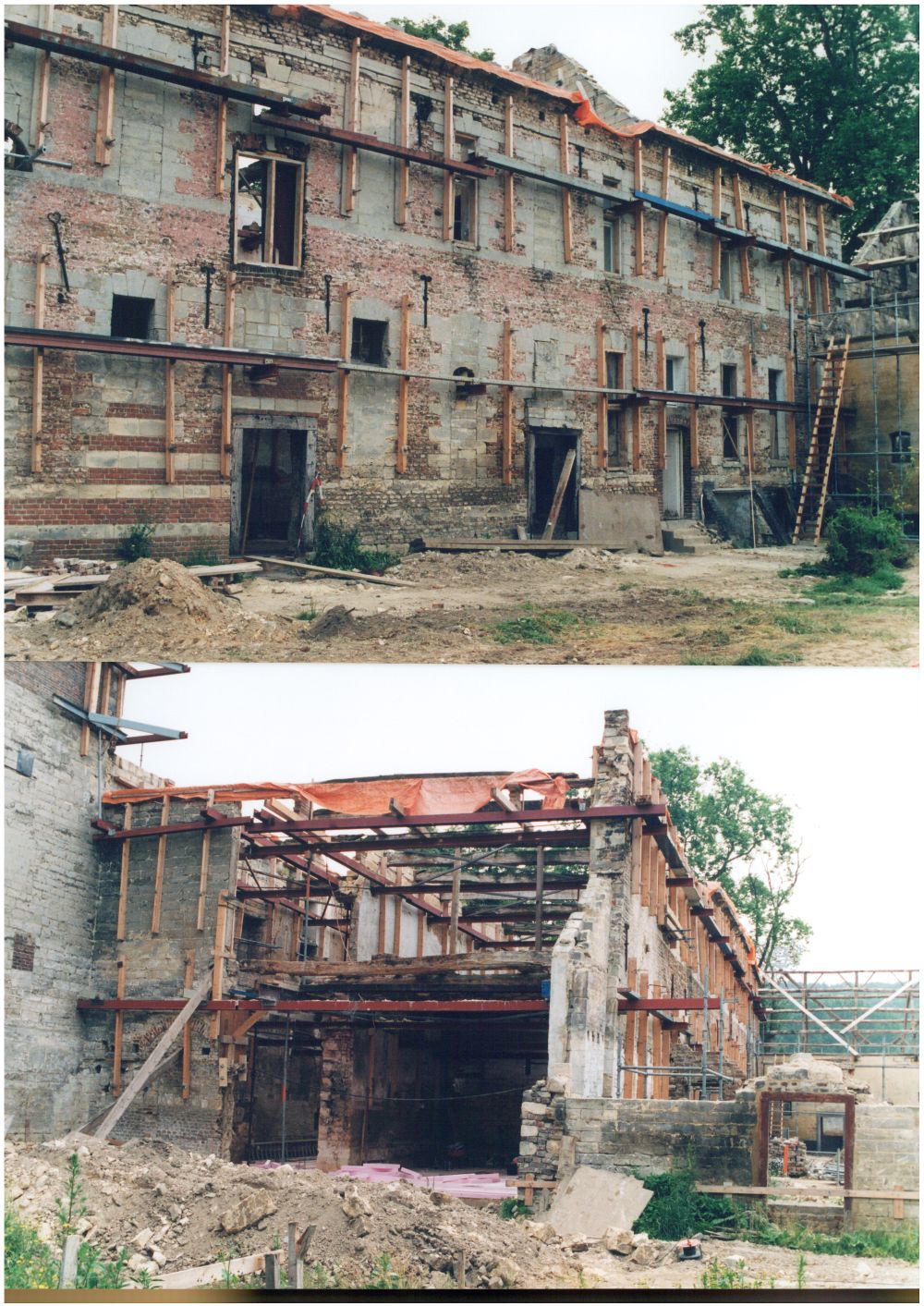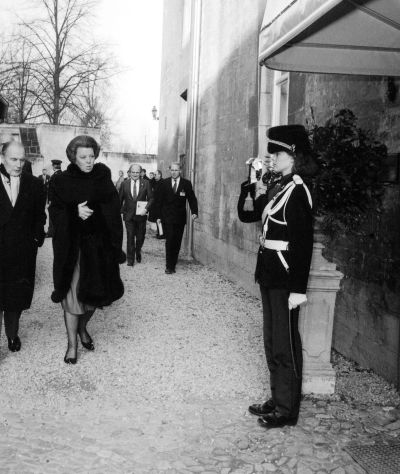Learn about the interesting history of Château St. Gerlach
Château St. Gerlach - Houthem St. Gerlach



The first traces of the property date back to 1201, when it is alleged that in order to provide travelling pilgrims with a place of rest, Gosewijn IV of Valkenburg decided to build a monastery near the grave of the celebrated hermit Gerlachus. Throughout the 13th and 14th centuries the monastery became a draw for monks and nuns, particularly from distinguished decent, and in 1345 it officially became a convent for daughters of noble families.
During the religious wars of 1524 to 1648 the monastery experienced a turbulent time, with the buildings being completely destroyed in 1574 by the troops of Louis of Nassau. When the territory was subsequently divided up, it was decided that Saint Gerlach would remain under Spanish sovereignty, which it did until 1786 when the treaty of Fontainebleau bought the monastery back under Dutch rule. On 6 September 1786, the sisters departed the monastery, nine years before the French annexed the Austrian Netherlands and closed all monasteries, selling the properties on to third parties and heralding a new era for the estate.
The monastery and church was purchased by, Mr. Schoenmaeckers from Raar, a notary who leased out the former convent buildings and converted the provost building into a noble residence. Sint Gerlach Castle was first inhabited by the Schoenmaeckers family, then by the Cornelis and finally by the noble, De Selys de Fanson family. The church was bequeathed to the municipality of Houthem and became the new parish church in 1808.

Renovation
In 1979, the last inhabitant of the mansion – Robert De Selys de Fanson, bestowed the mansion and the church outbuildings to the church council of Houthem. The property was unoccupied for a number of years, leaving much of the estate to become increasingly dilapidated. Camille Oostwegel first submitted his idea to sensitively rebuild the estate into a luxury hotel and restaurant in 1979, but it was not until 1990 that an initial agreement was reached to completely transform the property, restoring the buildings to their former glory.
The painstaking restorations took place from 1995 until 1997, when Château St. Gerlach opened as a magnificent hotel with 113 guestrooms and serviced apartments, three restaurants, Spa & Wellness St. Gerlach, and various conference facilities. The parish also benefitted from a new presbytery and museum with a treasury for St. Gerlach, as well as a new catechism room, sacristy and Gerlach chapel.
Following a significant restoration of the historic Manor Farm, dating back to 1668, the St. Gerlach Pavilion & Manor Farm was opened in early 2017, expanding Château St. Gerlach’s conference and events offering. Located near the entrance to the estate, the once dilapidated building has been transformed into an exceptional space with a casual coffee and lunch venue, Burgemeester Quicx, Coffee & More and six multi-functional breakout rooms. The adjacent state-of-the-art St. Gerlach Pavilion, designed by renowned architect, Francine Houben, has also added 760m2 of dedicated conference and events space, with capacity for up to 1,000 guests.
Today, pilgrims continue to visit the site to pay their respects to St. Gerlach, and have been joined by Château St. Gerlach’s many well-known, celebrity guests.








